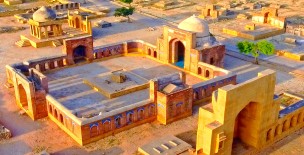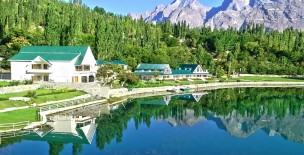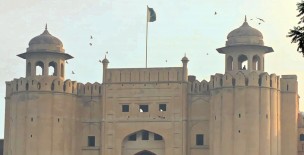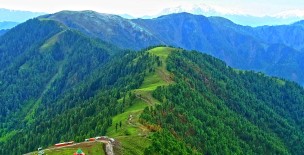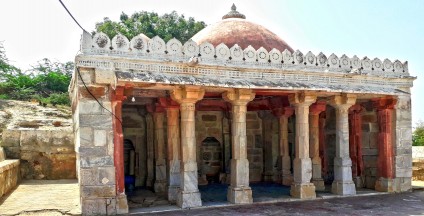Rohtas Fort is a 16th-century fortress located near the city of Jhelum in the Pakistani province of Punjab.
The fortress was built during the reign of the Pashtun king Sher Shah Suri of Sur Empire between 1541 and 1548 in order to help subdue the rebellious tribes of the Potohar region of northern Punjab that were loyal to the Mughal crown.
The fort was designed to block the advances of Mughal emperor Humayun, who had been exiled to Persia following his defeat at the Battle of Kannauj.
The fort occupies a strategic position between the mountainous region of Afghanistan and the plains of Punjab, and was intended to prevent the Mughal emperor from returning to India.
The fort was also designed to suppress the local Gakhar tribes of the Potohar region. The Gakhar tribes were allies of the Mughal Empire, and refused to recognize the suzerainty of Sher Shah Suri.
The fort is one of the largest and most formidable in the subcontinent. Rohtas Fort was never stormed by force, and has survived remarkably intact.
The fort is known for its large defensive walls, and several monumental gateways.
Construction of the fort began in 1541, under the direction of Todar Mal Khatri working for the Sur Empire, and was completed in 1548.
The fort's construction was initially slowed by the refusal of local Gakhar tribes to work as labourers at the site. Mughal directors eventually increased wage rates, causing a number of Gakhars to join the fort's construction efforts.
Rohtas Fort was inscribed by UNESCO as a World Heritage Site in 1997 for being an "exceptional example of the Muslim military architecture of Central and South Asia."
